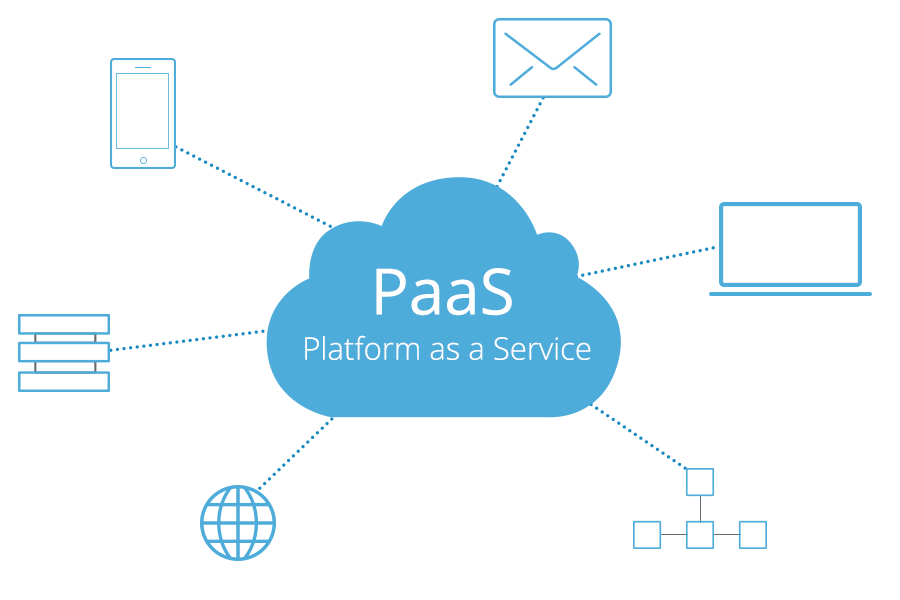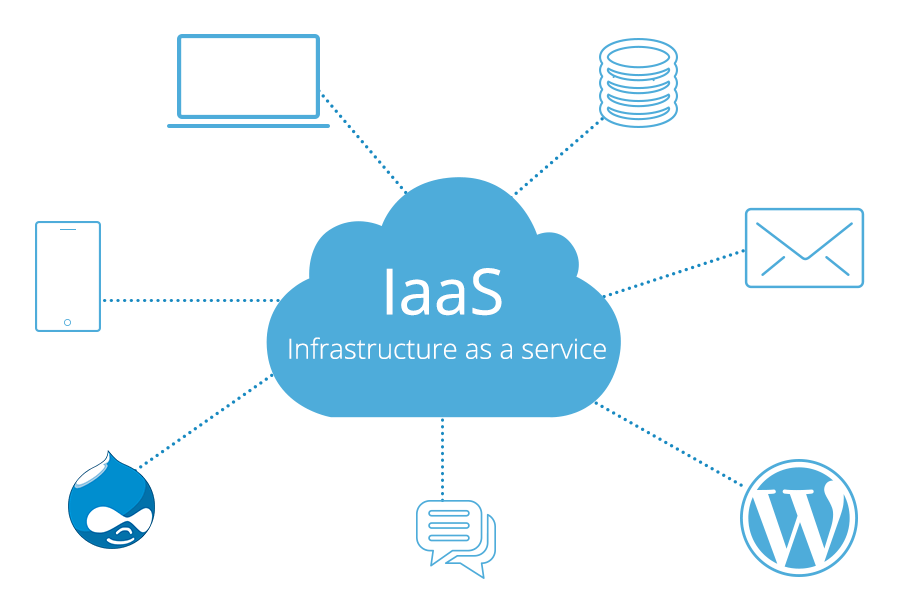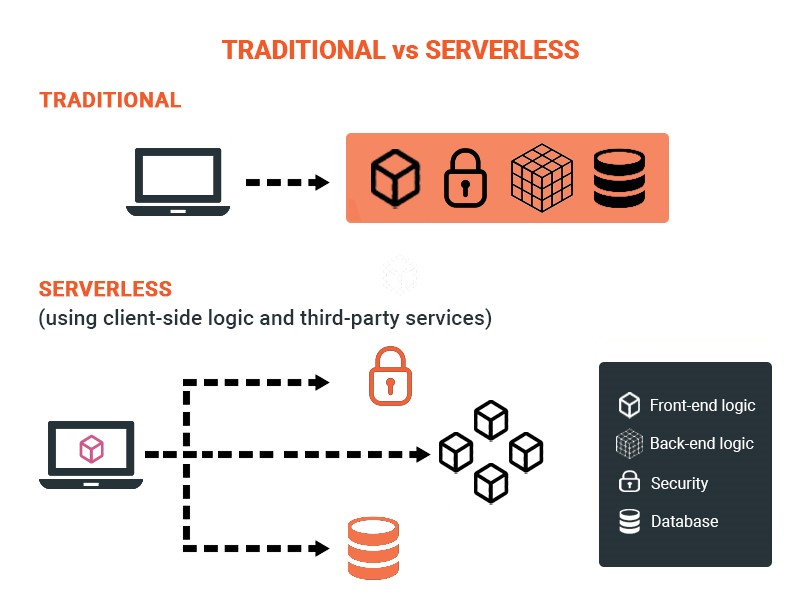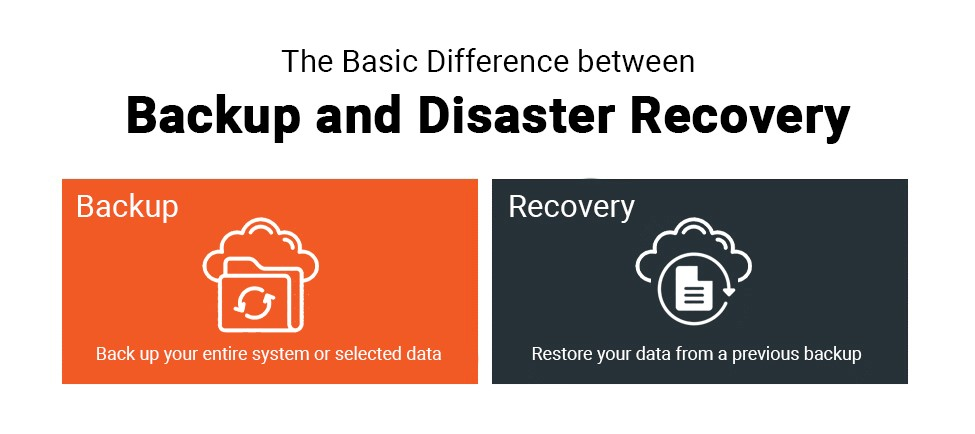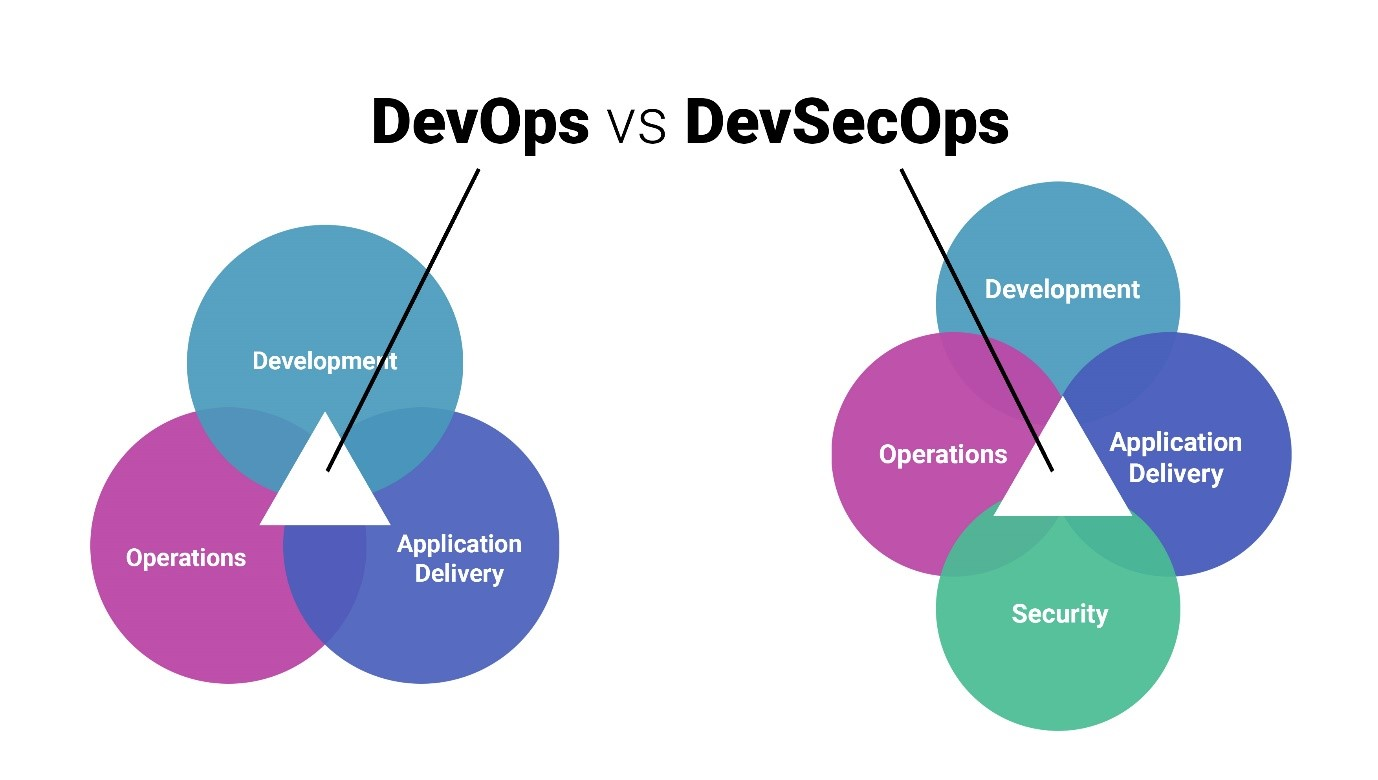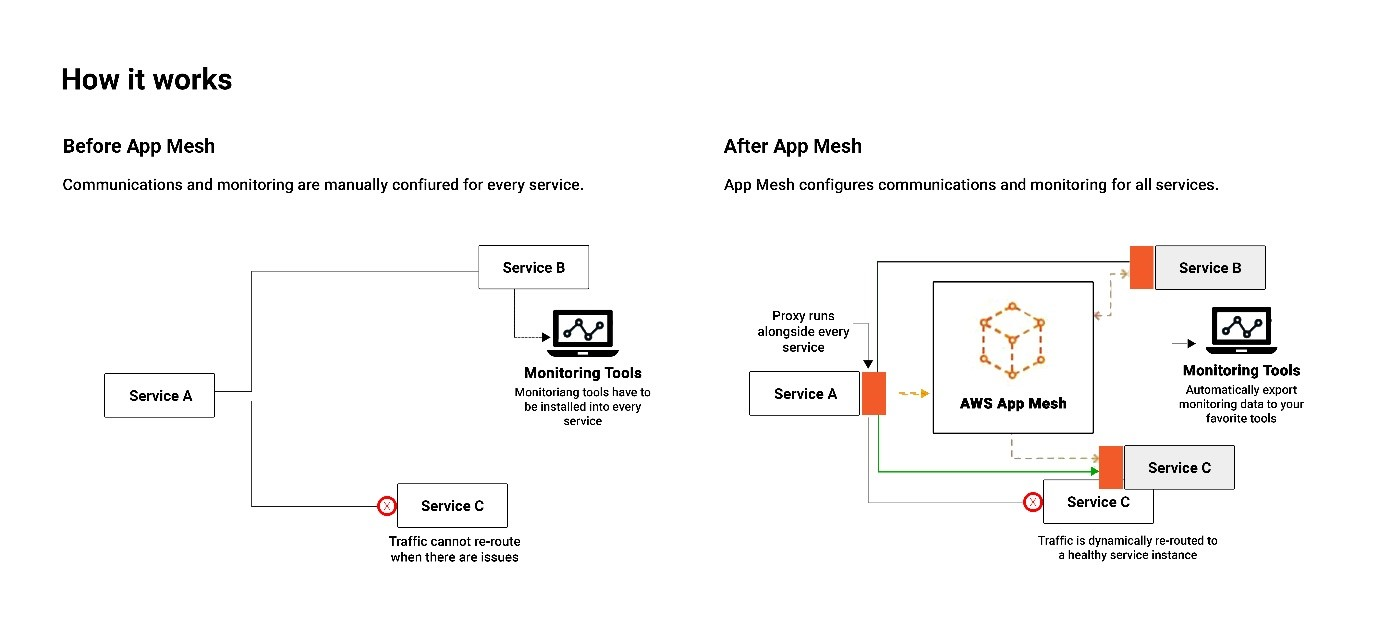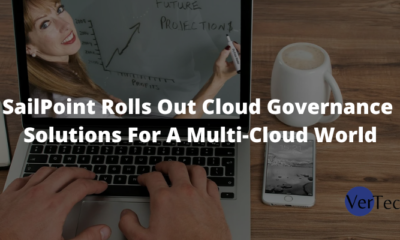Tech
What is the Trending Future Technology in Cloud Computing

Considering that business cloud spending is expected to grow at a 16% compound annual growth rate between 2016 and 2026, it is safe to say that businesses are no longer just using the cloud as a tool. Currently, their focus is on leveraging cloud security to accomplish different business objectives. By the year 2021, a report indicates that 83% of company workloads will be hosted in the cloud as companies continue to move from private to public clouds.
In 2022, Gartner estimates that revenue from the public cloud sector will grow to $331 billion from $175 billion in 2018. The data speaks of the limitless benefits of the cloud in the future. There are already many CIOs experimenting with how they can use the cloud to fulfill their current and future needs. So, let’s see which is trending in future technology cloud computing.
What is Cloud Computing?
‘Cloud computing’ refers to both the technology and the services that are offered by the cloud. Cloud computing refers to the access, over the Internet, to computing resources such as applications, servers (physical and virtual), data storage, development tools, networking capabilities, and more, hosted at a remote data center directed by a cloud services provider (CSP). These services are provided by the CSP for a monthly subscription fee or billed based on usage. There are a variety of virtualized IT infrastructures that include servers, operating system software, networking, and other infrastructure that can be abstracted using special software so that it can be shared and pooled across physical hardware borders. For example, several virtual servers can be created from a single hardware server.
Cloud providers can maximize their data center resources through virtualization. As a result, many corporations have adopted cloud delivery models for their on-premises infrastructure to better utilize their IT infrastructure, reduce costs compared to traditional IT infrastructure, and provide their users with the same level of self-service and agility.
If you are new to Cloud Computing and are considering changing to a career in Cloud Computing, consider registering for an AWS Certification Course offered by MindMajix – A Global online training platform.
Infrastructure-as-a-Service, Platform-as-a-Service, and Software-as-a-Service are three of the most common cloud service models, and companies might use all three in the same project. nevertheless, there is often confusion among the three and what’s included with each:
1. SaaS (Software-as-a-Service)
SaaS—called cloud-based software or cloud applications—is application software that’s hosted in the cloud and that you access and use via a web browser, a dedicated desktop client, or a desktop or mobile API that integrates with your operating system. In the majority of cases, SaaS users pay a monthly or annual subscription fee; some may offer ‘pay-as-you-go’ pricing based on your actual usage.
In furthermore to the cost savings, time-to-value, and scalability benefits of the cloud, SaaS offers the following:
- Automatic upgrades: With SaaS, you take advantage of the provider adding them as soon as new features, without having to orchestrate an on-premises upgrade.
- Protection from data loss: For the reason that your application data is in the cloud, with the application, you don’t lose data if your device crashes or breaks.
Hundreds of thousands of SaaS solutions are available, ranging from focused industry and departmental applications to powerful enterprise database applications and AI (artificial intelligence) applications. SaaS is the primary delivery model today for most commercial software.
2. PaaS (Platform-as-a-Service)
PaaS provides software developers with the on-order of the platform—hardware, complete software stack, infrastructure, and even development tools—for running, developing, and managing applications without the cost, complexity, and inflexibility of maintaining that platform on-premises.
With PaaS, the cloud distributor hosts everything—servers, networks, storage, operating system software, middleware, databases—at their data center. As a result, developers easily get to pick from a menu to ‘spin up’ servers and environments they need to run, build, test, deploy, maintain, update, and scale applications.
Today, PaaS is often manufactured around containers; a virtualized compute model one step removed from virtual servers. By virtualizing the operating system, containers make it possible for developers to package the application with only the operating system services it needs to run on any platform, without modification and without relying on middleware.
In addition to using Docker containers, Red Hat OpenShift uses Kubernetes as a container orchestration solution, automating deployment, scaling, load balancing, and more for container-based applications.
3. IaaS (Infrastructure-as-a-Service)
IaaS supplies on-demand access to fundamental computing resources–physical and virtual servers, networking, and storage—over the Internet on a pay-as-you-go basis. IaaS authorized end-users to scale and shrink resources on an as-needed basis, reducing the need for high, up-front capital expenditures or unnecessary on-premises or ‘owned’ infrastructure and for overbuying resources to accommodate periodic spikes in usage.
In distinction to SaaS and PaaS (and even newer PaaS computing models such as containers and serverless), IaaS provides the users with the lowest-level control of computing resources in the cloud.
IaaS was the admired cloud computing model when it emerged in the early 2010s. While it remains the cloud model for many types of workloads, the use of SaaS and PaaS is growing at a much quicker rate.
The Future Trending Technology In Cloud Computing:
1. Serverless Architecture:
All of the barriers associated with a standard IT infrastructure are removed in a serverless architecture. Servers on which users run their data do not need to be purchased or rented. Rather, a third party will take care of it all, allowing your organization to focus on other tasks.
Serverless architecture offers many advantages- simple operational management, lack of system administration, reduced liability, reduced costs, and better offline experience, to name a few.
In fact, the growth of the sharing economy led to the development of serverless architecture in cloud computing. In this year’s trend, its cost-effectiveness explains its popularity. The following are the main differences between a traditional and a serverless architecture:
2. AI Platform:
As technology advances, one of the most prominent cloud computing trends to watch is the rise of artificial intelligence. Many tech giants are now looking into incorporating artificial intelligence into the way they process big data to increase their profitability.
Artificial intelligence allows computing platforms to become more efficient. Today, it provides organizations with the ability to automate and manage their processes intelligently. Furthermore, the framework enables them to easily scale and adapt to the changing needs of the business.
As a result, AI is definitely a cloud computing trend to watch out for since it facilitates smoother organization workflows and increased productivity.
According to an IBM study, 65% of organizations consider AI crucial to success.
3. Cloud Security:
Data loss, leakage, and theft remain a major threat despite traditional IT infrastructures’ effectiveness. But as more companies turn to cloud platforms, cloud service providers must ensure that they are capable of creating a security system that is airtight so that their client’s data is protected.
Whether you’re an individual or an enterprise, cloud security is a necessity that has become a trend in cloud computing this year. Moreover, since the introduction of the General Data Privacy and Management Regulation (GDPR) in late 2018, security concerns have increased barriers to cloud security compliance.
Data theft, leakage, and deletion- security is a big challenge even for conventional IT infrastructures. Thus, with more companies moving to cloud platforms, it’s important to ensure that cloud service providers can create an airtight security system to guarantee the safety of their client’s data.
It is not just a trend in cloud computing this year; it’s a necessity that every organization prioritizes. Furthermore, with the introduction of General Data Privacy and Management (GDPR) in late 2018, security concerns have increased hurdles for cloud technology security compliance.
Thus, there is a huge demand for cloud security providers that ensure data practices comply with GDPR and other compliance essentials in 2019.
Cloud security failures will be the customer’s fault in 95% of cases through 2022.
4. Hybrid/ Multi-Cloud Solutions:
Hybrid cloud computing involves combining the private cloud and a third-party, public cloud service. It is primarily used to share workloads between private and public clouds to provide users with greater flexibility in their computing needs.
The following is an example of an analytics hybrid/multi-cloud pattern that enables two different types of workloads to run in two different computing environments.
As a result of hybrid/multi-cloud multiple benefits, the market size is expected to reach 97.64 billion by 2023. Tech giants like Amazon and Microsoft have already invested substantially in this technology.
The benefits of hybrid/multi-cloud computing include enhanced security features, SaaS capabilities, consistent server reliability, customizable capabilities, and top-notch performance.
What makes it so attractive is the flexibility it offers and the reduced cost, which makes it suitable for even growing businesses.
5. Backup And Disaster Recovery:
These days, cyber attacks, data outages, and system failures are all part of running a business. In addition, businesses have dealt with server failures that resulted in the loss of important data files. As a result, cloud backup and disaster recovery have become trending use cases to prevent such issues from damaging organizations and processes. Based on Spiceworks reports, 15% of the cloud budget is allocated to backup and disaster recovery, which is the highest budget allocation, followed by email hosting and productivity tools.
The cloud-based backup and disaster recovery solution is similar to a recovery strategy. It automatically stores and maintains a copy of electronic records on an external server as a safety precaution in case the original file was lost.
Backup and recovery are the main functions of the cloud. Now, when an error occurs, or the server crashes, this recovery solution enables easy data retrieval.
6. IoT Platform:
IoT platforms are becoming increasingly popular as we live in a hyperconnected world. In a Gartner study, the number of connected things was projected to increase to 25 billion by 2021 from 14.2 billion in 2019.
Typically, an IoT platform works with standard devices so that cloud-based applications and services can be developed on it. In addition, an IoT system acts as a mediator, taking data from different devices with remote configurations and smart device management.
Self-management technology can troubleshoot issues in real-time by sending out real-time alerts. Smart predictions through the monitoring of organizational processes can also be delivered through IoT using different industry-grade protocols.
It is because of this intelligent connectivity that IoT platforms are considered a cloud computing trend.
7. Edge Computing:
The technique involves performing data processing near the data source, at the edge of the network, to optimize the cloud computing network system. This type of cloud computing works real-time on the cloud servers to process less time-sensitive data or store data for longer periods.
Edge computing will take center stage in 2029 as IT and telco merge, creating a wide range of new ways for organizations to utilize new technologies and computing power.
With a massive increase in IoT devices, edge computing will play a key role in providing real-time data analysis and streamlining the flow of traffic for IoT devices. Edge computing is a method of optimizing a cloud computing network system by performing data processing at the edge of the network, near the source of the data. Edge computing works in real-time on the cloud servers to process less time-sensitive data or store data for the long term.
That indicates with the continued convergence of IT and telco, 2029 will bring edge computing to the forefront, creating a huge array of new opportunities for organizations to use new technologies and computing power.
With IoT devices being on a massive increase, edge computing will play a chief role in providing real-time information & data analysis and streamlining the flow of traffic from IoT devices.
8. DevSecOps:
It supplies users with a seamless and simple experience in managing their data, but there are many security risks involved.
Cloud computing presents security risks such as network eavesdropping, illegal invasion, denial-of-service attacks, side-channel attacks, virtualization vulnerabilities, and abuse of cloud services.
Data security is a major concern for companies using cloud computing, which makes them hesitant to use it. That’s why DevSecOps comes in. Developing systems that are secure from the beginning is called DevSecOps. Security controls and processes are incorporated into its workflows to automate core security tasks.
The SumoLogic report finds that 45% of stakeholders in IT security believe adopting DevSecOps practices would improve their cloud environments’ cybersecurity. It is one of the best ways to make the cloud unbreakable. The future of cloud computing heavily relies on ensuring that users have a secure system to work with.
9. Service Mesh:
Cloud computing platforms are complex, so it is important to ensure they have a secure and fast communication environment. In a service mesh, users can communicate from service to service, resulting in a highly dynamic, secure cloud platform.
A cloud platform’s service mesh is one of its most critical components.
10. Open Source:
In this industry, collaboration and innovation are becoming increasingly important. Many organizations are now considering Open Source cloud computing services for business due to the change in how cloud services are managed.
In the open-source cloud, software or technology used to build the service is openly available for customization. A cloud computing platform based on open source allows businesses to customize their infrastructure to suit their specific requirements.
Businesses can see a number of advantages from an open-source technology platform. Cloud infrastructure can be scaled quickly; adding features is easier than with a closed-source platform and reduces security concerns.
Conclusion:
As the information technology industry moves to a collaborative work environment, opting for an open-source cloud computing service may be the best move for small or scaling businesses. According to many experts, open-source is the future of technology. But are you hoping to implement a cloud computing strategy that can handle all your needs? In order for your growing business to succeed, it’s imperative to find a technology platform that meets all of your needs. Rapyder works closely with you to customize your cloud platform with all of the features you need. We offer an innovative, adaptable, and secure solution for your cloud computing needs. So, here is some interesting and amazing trending technology.
Author Bio
Meravath Raju is a Digital Marketer, and a passionate writer, who is working with MindMajix, a top global online training provider. He also holds in-depth knowledge of IT and demanding technologies such as Business Intelligence, Salesforce, Cybersecurity, Software Testing, QA, Data analytics, Project Management and ERP tools, etc.
-
Blog1 year ago
MyCSULB: Login to CSULB Student and Employee Portal – MyCSULB 2023
-
Android App3 years ago
Cqatest App What is It
-
Android1 year ago
What Is content://com.android.browser.home/ All About in 2023? Set Up content com android browser home
-
Software2 years ago
A Guide For Better Cybersecurity & Data Protection For Your Devices
-
Latest News2 years ago
Soap2day Similar Sites And Alternatives To Watch Free Movies
-
Android2 years ago
What is OMACP And How To Remove It? Easy Guide OMACP 2022
-
Android3 years ago
What is org.codeaurora.snapcam?
-
Business2 years ago
Know Your Business (KYB) Process – Critical Component For Partnerships


